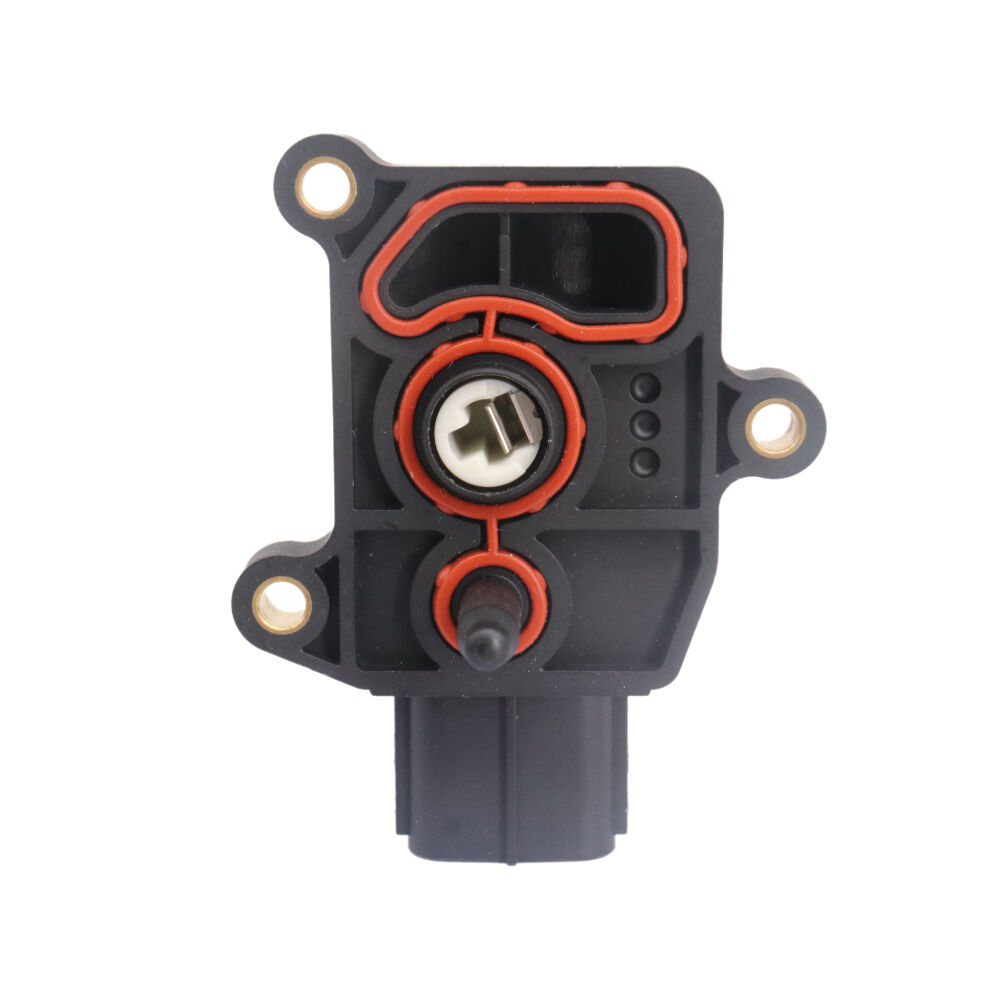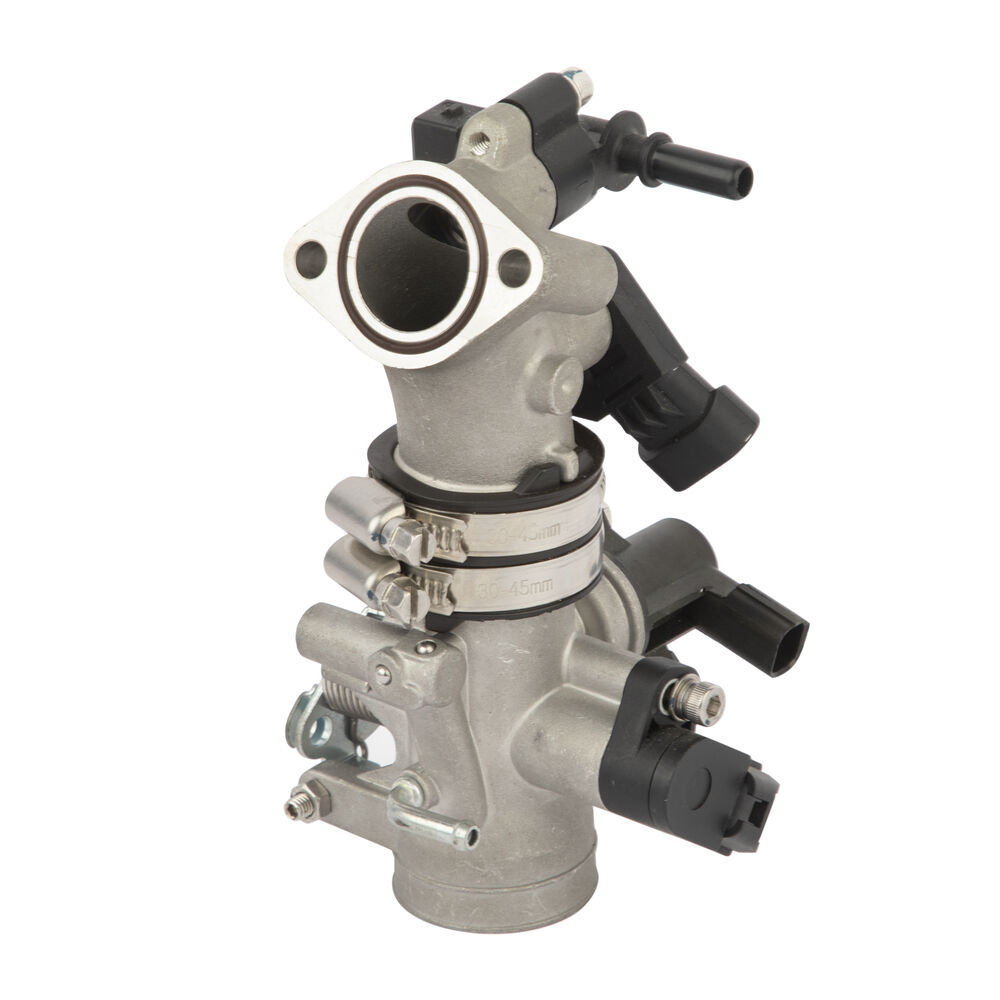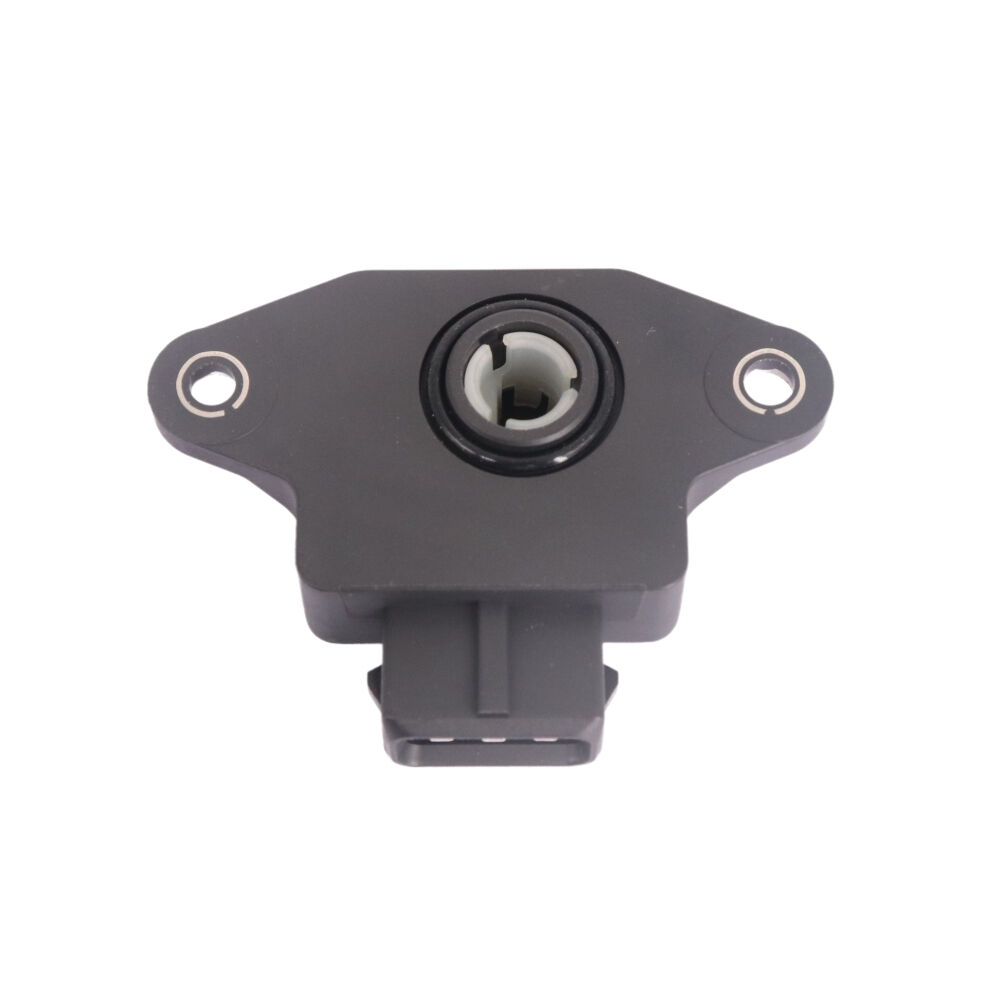faulty crank position sensor
The faulty crank position sensor is a critical component in modern vehicle engine management systems, serving as the primary device for monitoring the position and rotational speed of the crankshaft. This sophisticated sensor utilizes electromagnetic technology to generate precise signals that help the engine control module (ECM) determine the exact position of the engine's crankshaft during operation. When functioning properly, it enables optimal timing for fuel injection and ignition systems, ensuring efficient engine performance. However, when faulty, it can cause various engine-related issues. The sensor consists of a magnetic pickup or Hall effect sensor that works in conjunction with a reluctor wheel or trigger wheel attached to the crankshaft. As the crankshaft rotates, the sensor generates electrical pulses that are interpreted by the ECM to determine engine timing and speed. Understanding the characteristics of a faulty crank position sensor is crucial for diagnosing engine problems, as symptoms can include hard starting, stalling, misfiring, and poor fuel economy. The sensor's location varies by vehicle make and model, typically mounted near the crankshaft or harmonic balancer. Modern versions incorporate advanced features such as digital signal processing and enhanced electromagnetic shielding to improve accuracy and reliability under various operating conditions.


